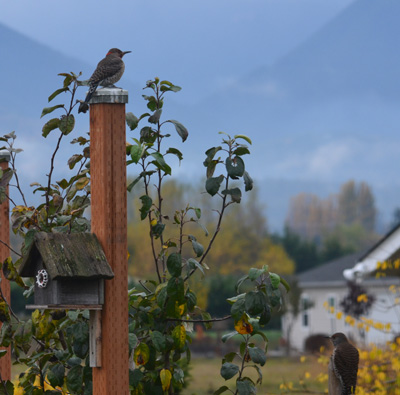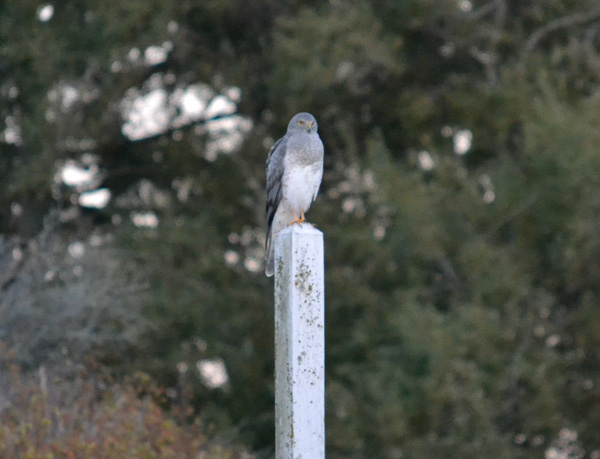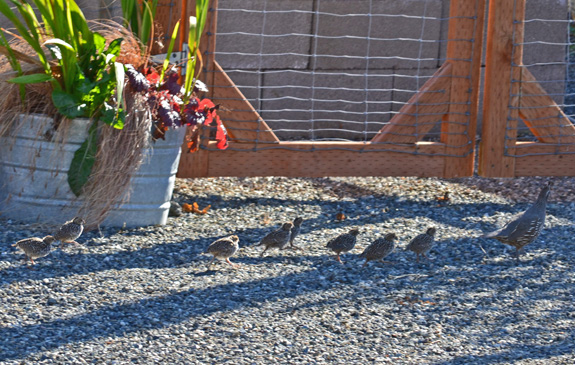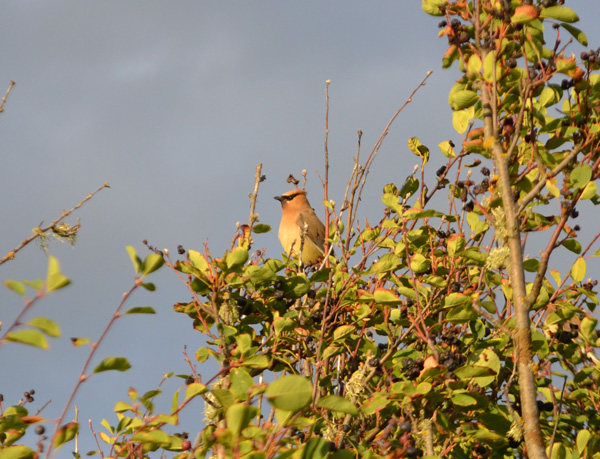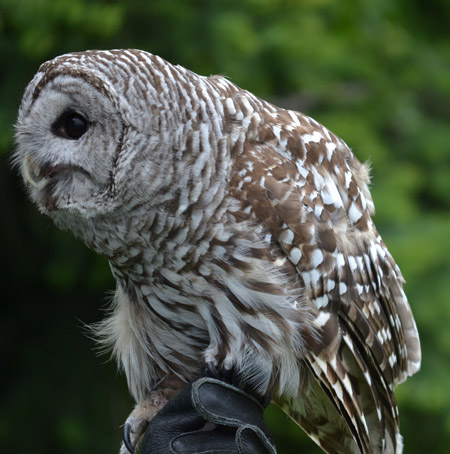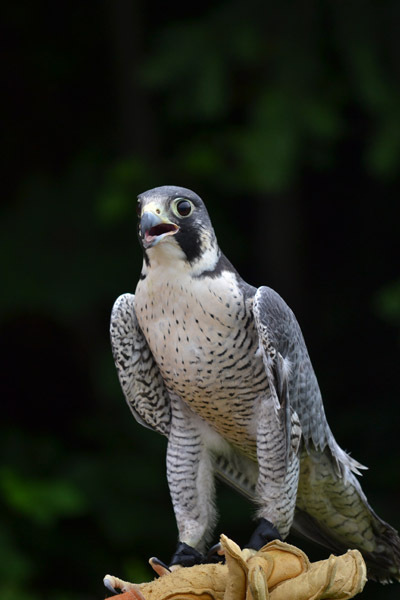I followed flocks of ducks around Carrie Blake Park yesterday. She may not be very exotic but I found this female mallard pretty and she didn’t mind posing for me. That should count for something.
Category: Birds
Northern flickers
This year is the first one that our tiny apple tree has borne fruit and I’ve been both uncertain and lazy about harvesting it. The first one I picked was definitely not ready. Ready or not, the other day I was pleased to discover that it’s providing a welcome food source for northern flickers (colaptes auratus) that have been steadily pecking at them. They’ve come back repeatedly for lunch.
I haven’t been able to get any closer than these shots. They’ve got that “here comes another dumb photographer” radar and take off the minute I touch the door to move in for a better view. Northern flickers are members of the woodpecker family. They have a black bib on their chests that looks a bit like a big heart. They often visit urban gardens in the winter.
The harrier on the post
I’ve mentioned my frustration with the harriers that land on a post alongside the trail at Dungeness Recreation Area. How they’re always there when I’ve left the camera home. And at times I’ve gotten ridiculously close, without, of course, a camera. That white line in the picture above is one of the favored posts. And that tiny dot on top? That’s a harrier. If I didn’t know better I’d say he was teasing me.
I approached, up the grade, toward the perch. Quietly. Not too intent. I swear critters can feel the energy of an excited photographer.
Here’s the cropped last shot before he glided off. “Okay,” he seemed to say. “You can show that I perch here but I’ll be darned if I’m going to give you a shot with high definition feathers, you crazy paparazzi. Get a life!”
Come on! Keep up!
Cedar Waxwing
Here are the owls
The Northwest Raptor & Wildlife Center’s presentation at our recent Lavender Festival included three owls. Above is a barred owl, the largest of the three shown.
Next came a screech-owl.
And, finally, a saw-whet owl was introduced. If you have looked carefully at these shots you may have noticed that where you can see two eyes they do not match. That is because all three are blind in one eye, the result of being hit by cars. Night-hunting owls are vulnerable to such accidents as their focus is on prey, not oncoming traffic.
I was pleased to read recently in the local newspaper that permanent resident owls at the Northwest Raptor Center do duty as surrogate parents to baby owls that end up at the center for one reason or another. Though they may not live naturally in the wild, they nonetheless are able to do service for their own.
The falcon
In addition to the red-tailed hawks I showed you yesterday, the Northwest Raptor & Wildlife Center introduced a peregrine falcon at their Lavender Festival presentation. It is one of the fastest creatures alive, and a fearsome hunter. It has legendary eyesight which becomes obvious when you see the size of its eyes relative to its head. Illustrations I’ve seen don’t do these birds justice.
I was so taken with this bird I don’t recall why it cannot be returned to the wild. That left wing may have been permanently injured. As sad as that is, I’m grateful to have had an opportunity to see it alive and up close (thanks to my zoom lens).


